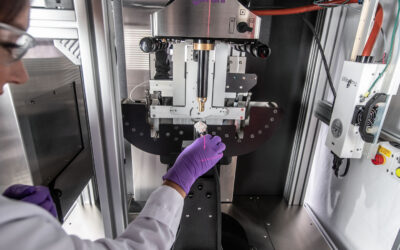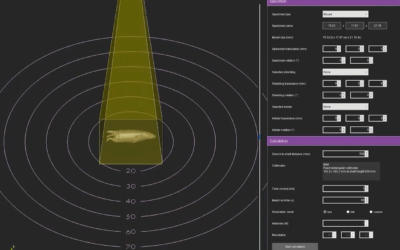Glioblastoma multiforme (GBM) is a high-grade primary brain cancer with a median survival of only 14.6 months in humans despite standard tri-modality treatment consisting of surgical resection, post-operative radiation therapy and temozolomide chemotherapy. New therapeutic approaches are clearly needed to improve patient survival and quality of life. The development of more effective treatment strategies would be aided by animal models of GBM that recapitulate human disease yet allow serial imaging to monitor tumor growth and treatment response. In this paper, we describe our technique for the precise stereotactic implantation of bio-imageable GBM cancer cells into the brains of nude mice resulting in tumor xenografts that recapitulate key clinical features of GBM. This method yields tumors that are reproducible and are located in precise anatomic locations while allowing in vivo bioluminescent imaging to serially monitor intracranial xenograft growth and response to treatments. This method is also well-tolerated by the animals with low perioperative morbidity and mortality.
Baumann BC, Dorsey JF, Benci JL, Joh DY & Kao GD.






